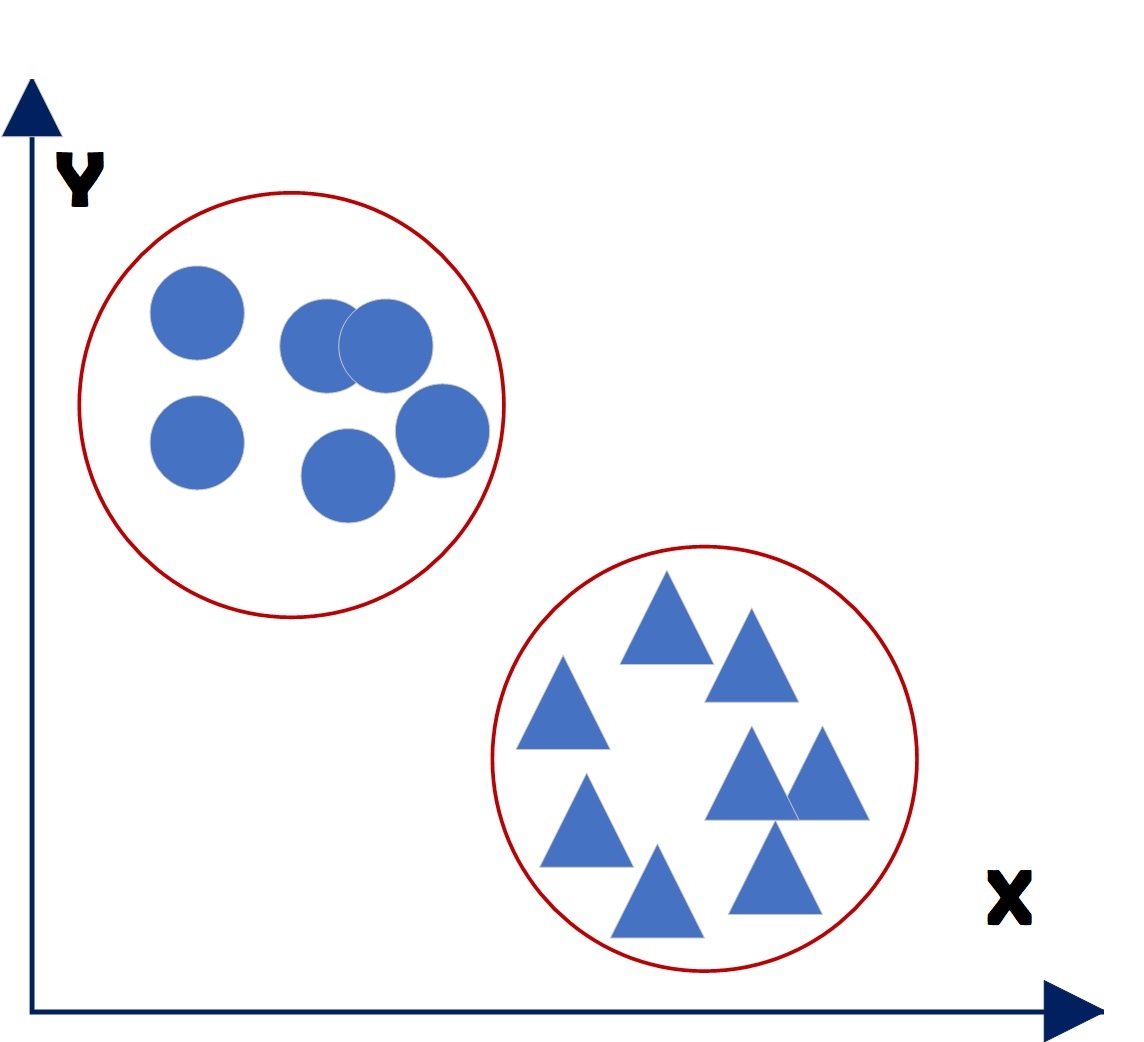Pattern Recognition
The term "recognition" or "pattern recognition" just means the process of finding out that an unknown object in an image belongs to a particular group among a number of possible groups.
For example, in the automatic sorting of integrated circuit amplifier packages, there might be three possible types: flat-pack, dual-in-line, and metal-can. The unknown thing should be classified as being only one of these types.
The classification includes a broad range of decision-theoretic approaches to the identification of images. All classification algorithms are based on the assumption that the image in question depicts one or more features (e.g., geometric parts in the case of a manufacturing classification system, or spectral regions in the case of remote sensing, as shown in the examples below) and that each of these features belongs to one of several distinct and exclusive classes. The classes may be specified a priori by an analyst (as in supervised classification) or automatically clustered (i. sets of prototype classes, where the analyst merely specifies the number of desired categories. (Classification and segmentation have closely related objectives, as the former is another form of component labeling that can result in the segmentation of various features in a scene.

Figure. Classification
Pattern classification has been a popular area of computer vision and machine learning for the past few decades. The general problem involves using a set of data to perform classifications.
For example, in computer vision, the data correspond to information extracted from an image. These indicate observed features of an object used by a vision system to classify the object (e.g., "I am looking at a bowl of Vietnamese noodle soup").
The presentation here represents a highly idealized version of pattern classification. enquired probability We will assume that all the appropriate model details, including the distributions, are available. In some contexts, these can be obtained by gathering statistics over large data sets. In many applications, however, getting such data is expensive or inaccessible, and classification techniques must be developed in lieu of good information.
Some problems are even unsupervised, which means that the set of possible classes must also be discovered automatically. Due to issues such as these, pattern classification remains a challenging research field.
Application of Pattern Recognition
-
-
Bioinformatics
-
Data Mining
-
Document Image Analysis
-
Industrial Automation
-
Multimedia Database Retrieval
-
Biometric Recognition
-